Trump effect boosts Norway's ruling left

U.S. President Donald Trump gestures, before boarding Air Force One as he departs for Florida, at Joint Base Andrews, Maryland, U.S., March 28, 2025. REUTERS

Audio By Vocalize
And he may have US President Donald Trump to thank in part for his comeback.
The left-wing bloc headed by Store's Labour Party holds a slight lead in opinion polls going into the final straight -- an unexpected turn of events for the 65-year-old leader.
In power since 2021, he was doing so poorly in polls late last year that there were murmurings of a leadership challenge.
Since then, Labour has been reinvigorated by the implosion of its stormy coalition with the Centre Party -- a eurosceptic, agrarian party -- as well as the arrival of ex-NATO secretary general Jens Stoltenberg as finance minister.
And perhaps most unexpectedly, by Trump's return to the White House.
Political scientist Johannes Bergh of the Institute for Social Research (ISF) said Store was benefitting from "a rally around the flag" effect amid Trump's trade policies and questions over US willingness to defend Europe militarily.
"With the election of Donald Trump in the US and the war in Ukraine, there's sort of a rallying around people who are very experienced, like the prime minister," Bergh said.
On campaign posters, Store and Stoltenberg, whose popularity at home has soared even further after 10 years at the head of NATO, can be seen posing together above the slogan "Security for the Future".
- Splintered blocs -
If Labour manages to remain in power in a single-party minority government, it is likely to need the support of all of the four other left-wing parties, including the Greens and communist Red Party.
All five are divided on a number of issues ranging from oil production to hypothetical EU membership.
Labour, for example, wants to "develop, not dismantle, the oil sector", noting that Norway -- Western Europe's biggest oil and gas producer -- has become Europe's biggest energy supplier since Russia's full-scale invasion of Ukraine.
"There's a long way (to go) to the level where you don't need the Norwegian supplies, because you want to get rid of the Russian and other non-Western sources," Labour Foreign Minister Espen Barth Eide said.
But some of Labour's allies disagree.
"Obviously we will try to lock the government into some of our policies, in particular on climate and oil," said Greens MP Rasmus Hansson, whose party advocates a "gradual" exit from oil.
The right-wing bloc is also splintered.
Former prime minister Erna Solberg's Conservatives are lagging in the polls and have been overtaken by the Progress Party of Sylvi Listhaug, a "populist", anti-immigration and anti-elite formation, according to Bergh.
Both Listhaug, 47, and Solberg, 64, are vying for the post of prime minister, the former more divisive but polling higher than Solberg.
The right-wing bloc also includes two small centre parties, including the Liberals who are at odds with the Progress Party on almost everything.
- Crucial threshold -
In the wealthy nation of 5.6 million people, the election campaign has largely focused on domestic issues like the cost of living, healthcare, education and taxes, including wealth tax.
"The result of four years of a left-wing government is that ordinary people... have seen their purchasing power decrease," said Listhaug.
"Families should keep more of their own income," Solberg also argued.
Major international issues like aid to Ukraine and EU membership have been largely absent from the campaign.
Norway shares a border in the Arctic with Russia, and Norwegians remain predominantly opposed to joining the EU after referendums in 1972 and 1994.
The final outcome of the election will likely depend on whether the small parties on each side can reach the crucial threshold of four percent of voter support, above which they are guaranteed representation in the 169-seat Storting, or parliament.
A few thousand votes could make all the difference.


Leave a Comment